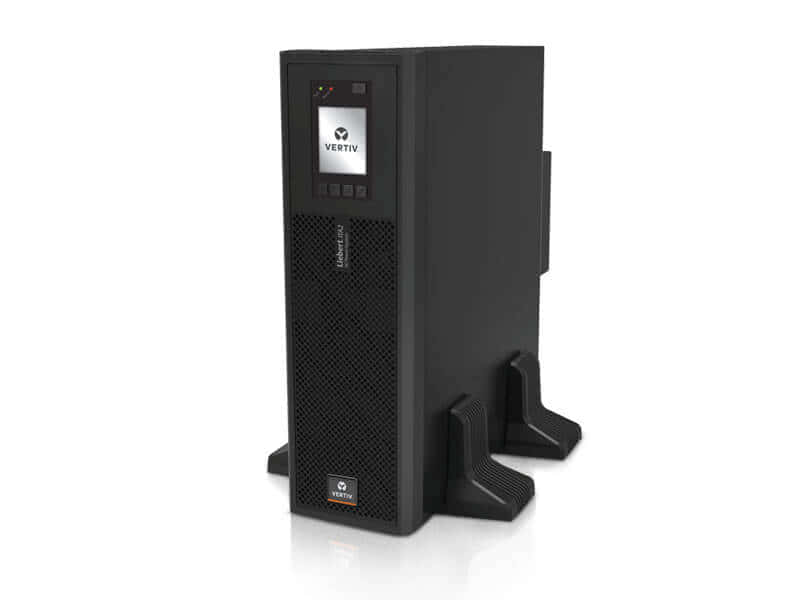Singapore [April 18, 2018] – Vertiv, formerly Emerson Network Power, today released Defining Four Edge Archetypes and their Technology Requirements, a global, research-based analysis of network edge use cases, resulting in the identification of four main archetypes for edge applications and the technology required to support them. Vertiv edge experts, in conjunction with an independent third party consulting firm, identified more than 100 use cases and refined the initial list to 24 considered to have the greatest impact on businesses and end users, based on projected growth, criticality and financial impact.
Experts identified data-centric sets of workload requirements for each edge use case and corresponding needs for performance, availability and security. They examined specific performance requirements, including latency, availability, scalability and security, in conjunction with the need for encryption, authentication and regulatory compliance. They also looked at the need to integrate with existing or legacy applications and other data sources, while considering the number of edge locations in a given network.
“The primary goal in this analysis was to help those involved with edge data centers and hubs understand the needs of the digital ecosystem by identifying the characteristics and requirements of the top edge use cases,” said Gary Niederpruem, chief strategy and development officer at Vertiv. “Recognizing commonalities of the archetypes is a step toward providing an optimized infrastructure.”
The four archetypes are:
- Data Intensive – This includes use cases where the amount of data makes it impractical to transfer over the network directly to the cloud or from the cloud to point-of-use due to data volume, cost or bandwidth issues. Examples include smart cities, smart factories, smart homes/buildings, high-definition content distribution, high-performance computing, restricted connectivity, virtual reality, and oil and gas digitization. The most widely used example is high-definition content delivery, where major content providers such as Amazon and Netflix actively partner with colocation providers to expand delivery networks to bring data-intensive streaming video closer to users to reduce costs and latency.
- Human-Latency Sensitive – This archetype includes use cases where services are optimized for human consumption, and it is all about speed. Delayed data delivery negatively impacts a user’s technology experience, potentially reducing a retailer’s sales and profitability. Use cases include smart retail, augmented reality, website optimization, and natural language processing.
- Machine-to-Machine Latency Sensitive – Speed also is the defining characteristic of this archetype, which includes the arbitrage market, smart grid, smart security, real-time analytics, low-latency content distribution, and defense force simulation. Because machines are able to process data much faster than humans, the consequences for slow delivery are higher than in the Human-Latency Archetype. For example, delays in commodities and stock trading, where prices fluctuate within fractions of a second, may turn potential gains into losses.
- Life Critical – This archetype encompasses use cases that directly impact human health and safety. Consequently, speed and reliability are vital. Use cases include smart transportation, digital health, connected/autonomous cars, autonomous robots, and drones. Autonomous vehicles, for example, must have updated data to operate safely, as is the case with drones that may be used for e-commerce and package delivery.
“In Asia, organizations are recognizing the criticality of edge computing as they roll out their digital transformation activities to maximize their competitive advantage in the market place. As the edge continues to expand, we aim to deliver simplicity by helping organizations invest in infrastructure that is optimized for their applications and use cases. We found that many organizations are ready to invest in edge infrastructure and by building on these archetypes, they will be able to accelerate ahead,” said Chee Hoe Ling, vice president, product and marketing, Vertiv Asia. “Vertiv has been at the forefront of providing product and solution for critical infrastructure that enable vital applications for data centres, communication networks and commercial and industrial facilities.”


